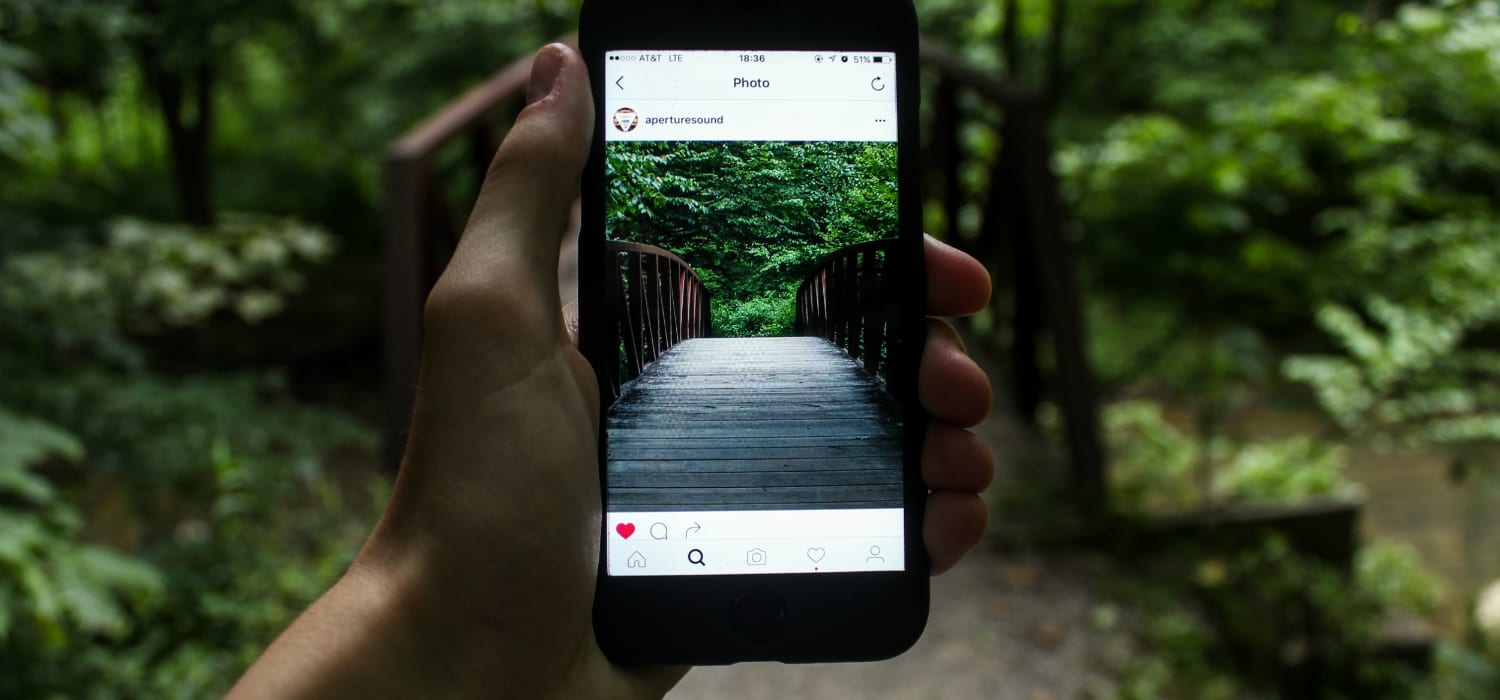Many 2017 content marketing trend predictions revolve around content creation—marketers will produce more videos, email newsletters, rely less on social as algorithms change, and keep on chugging towards that artificial intelligence and virtual reality-filled world we keep hearing is just around the corner.
The thing is, successful content isn’t just about how you create it, it’s about how it’s consumed. That moment when your content creates a new connection with a customer or prospect is what counts—that relationship is what truly drives business growth.
These content trends explore how marketers will define this relationship in 2017. They’re shaping the experience readers have when discovering your content, and your future marketing strategies.
Marketers are doubling down on video content—they’re targeting readers by lifestyle.

By now, I’m sure that you’ve seen that video has pretty much taken over the internet, which opens up a world of potential for content marketers.
According to Contently’s “The Future of Media and Marketing is Video” report, in 2017 69% of all internet traffic will be video. By 2020, it will be 82%.
While video’s popularity has grown exponentially over the past few years, video as a content marketing trend isn’t groundbreaking news—but as live video streaming and video algorithms evolve, what is changing is how marketers are targeting their audience.
Trends in video campaign targeting show that when it comes to video, marketers are more interested in connecting with their audience on a behavioral level than anything else—because it’s the most effective.
According to a recent survey by eMarketer, 63 percent of agency respondents and 51 percent of marketing respondents find behavioral targeting to be the most effective method for distributing their video content:

When we say behavioral targeting, we’re talking about things like content consumption—reader lifestyles and preferences rather than geography, gender, purchase history, or other potential segments.
To stay ahead in 2017 consider your reader’s lifestyle as you distribute your video content. For example, restaurants generally target by location. In addition to location, they should consider things like the frequency with which one searches for recipes—a lower search count might correlate to the frequency they eat out, resulting in a higher likelihood they’ll respond positively to your restaurant video.
You need visual user-generated content.

User-generated content (UCG) isn’t a new phenomenon, but it is evolving as brands figure out new ways to work with their users to create content.
The fact is—things like PDF case studies and article interviews just aren’t cutting it alone. The content your users want to consume and create is visual.
According to a survey recently published in Adweek, 85% of users surveyed find visual UGC more influential than brand photos or videos, while only 65% of businesses believe the same.
Essentially, this means people are interested in pictures and videos that your customers have taken—and brands aren’t quite on board with this yet. For example, potential Amazon customers find the photos of products left in reviews more trustworthy than the professional product shots at the top of the page.
The good news is that users are happy to help you create this content, but right now you’re not giving them enough guidelines.
That same survey in Adweek showed 50% of consumers want brands to tell them what to include in UGC. While this is often time-consuming, it’s worth it—93% of consumers found UGC helpful when making purchasing decision.
Once you’ve created your content, you’re going to want it to reach more people than just the ones who are already looking for it, which bring us to the last trend for 2017—content discovery.
Content discovery is on the rise.

Marketers are constantly looking for new channels to use to market their content. After awhile, the old lead wells—programmatic ads, syndication channels, social media, and SEO/SEM campaigns—start to run dry.
Content discovery fulfills the need for content marketers to not only reach their target audience, but to reach them at the right time. A recent survey from eMarketer shows that it’s growing—and it’s growing fast:

The above table demonstrates two things in regards to paid advertising method trends. One—the use of content discovery tools is growing faster than any other paid methods. As a matter of fact, most others are decreasing. Two—content discovery tools are the only paid methods where the effectiveness rating is currently higher than its usage, essentially ensuring that its use will only grow in 2017.
Content marketing in 2017 will be defined not by how we created our content, but how we distribute it to our audience, and how we target them to best fulfill their needs.
Taboola is the world’s leading content discovery platform, serving 360B recommendations to over 1B unique visitors each month on the web’s most innovative publisher sites. To find out how we can support your content strategy, contact us or start your campaign now.